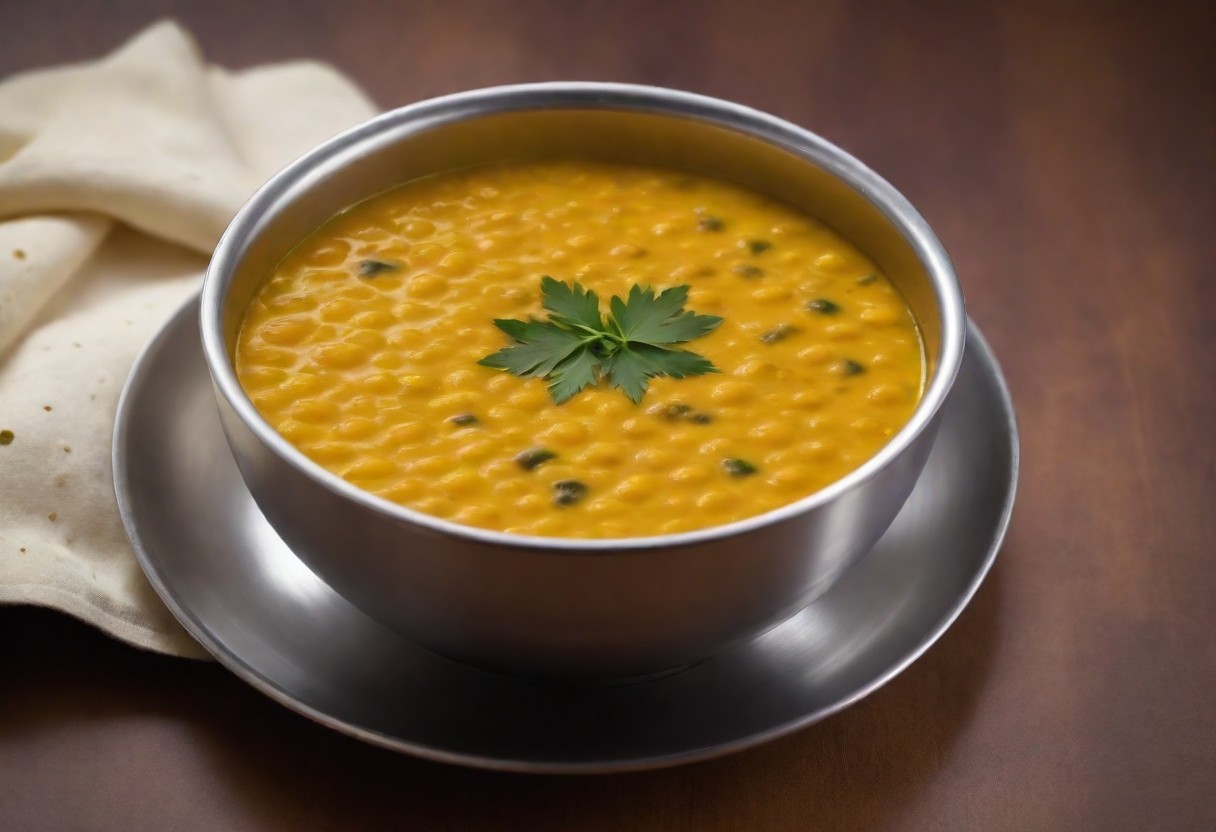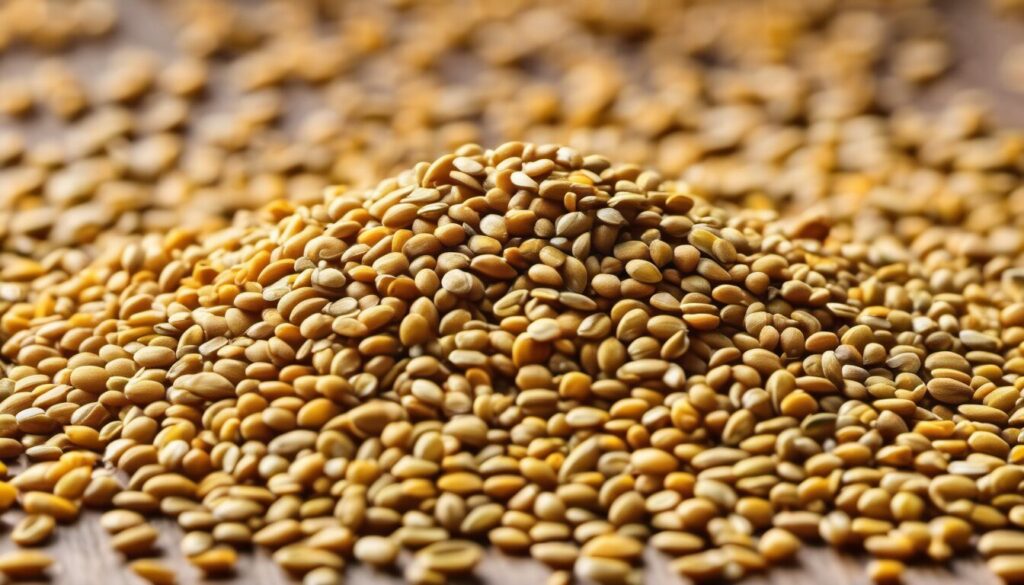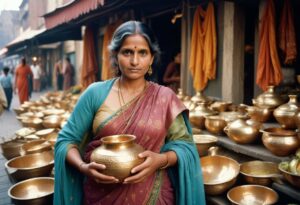Dal, also known as lentils, pulses, or legumes, is an important food in many parts of the world. It’s packed with protein, fiber, and important nutrients that our bodies need. In this article, we’ll take a closer look at how dal is grown, how people eat it, why it’s so important for the economy, and what the future holds for dal production.
Cultivation of Dal
Growing dal is a big part of farming all over the world. It happens in many different places, from the flat lands of India to the dry areas in Africa and the Americas. Farmers grow different kinds of dal, like chickpeas, lentils, peas, and beans, using different ways of farming depending on where they are.
In places like India, dal farming has been happening for a long time. India grows the most dal in the world. Different parts of India grow different kinds of dal, like red lentils in the north and pigeon peas in the south. Farmers usually plant dal during the rainy season because there’s a lot of rain and good soil at that time. They also use old-fashioned ways of farming, like planting different crops together, to keep the soil healthy and stop bugs from eating the plants.
In Africa, dal farming is really important for small farmers. Countries like Ethiopia, Sudan, and Kenya grow a lot of chickpeas, lentils, and beans. Farmers there have to change how they farm because the weather is usually hot and dry. They use special farming tricks like not plowing too much and keeping leftover parts of plants on the ground to keep the soil healthy and save water.
In places like the Middle East, where it’s dry and warm, dal plants like chickpeas and lentils grow well. Farmers there use old-style ways of farming that don’t need much water to grow these tough plants. They also grow other crops with dal, which helps keep the soil healthy and stops bugs from getting out of control.
Even in cooler places like Europe and the Americas, people are starting to grow more dal. Countries like Canada, the United States, and Argentina grow a lot of lentils, peas, and beans. Farmers there mix dal with other crops to keep the soil healthy and use less chemicals.
Growing dal helps make farming better for the environment. It keeps the soil healthy, helps different plants and animals grow, and saves water. By farming dal in smart ways, we can make sure there’s enough food for everyone without hurting the Earth. As more people want to eat plants instead of meat, growing dal is becoming even more important. That’s why it’s crucial to help small farmers and find new ways to grow more dal all around the world.
Major Dal-Producing Regions
Dal farming is very important for many countries all over the world. One of the biggest dal producers and consumers is India. India grows lots of different kinds of dal, like chickpeas, lentils, peas, and beans. Different parts of India grow different kinds of dal, depending on the weather and soil. Some areas have lots of rain, like Punjab, while others are drier, like Rajasthan. India is known for its diverse types of dal and its skillful farming methods.
Other countries also produce a lot of dal. Canada, for example, grows high-quality lentils and exports them to many countries. They use modern farming methods and technology to grow lots of lentils. Australia is another big dal producer, especially of chickpeas. Their chickpeas are famous for being very good quality and healthy.
In Southeast Asia, Myanmar grows various kinds of dal, like chickpeas and mung beans. The government there helps farmers, so they’ve been able to grow more dal in recent years. Ethiopia, in Africa, is known for growing lentils, chickpeas, and faba beans. Their land is great for growing these crops, and many small farmers help with dal farming.
Turkey, in Europe and Asia, is famous for growing chickpeas, especially in the Central Anatolian region. Turkish chickpeas are known for being tasty and good quality. In North America, the United States grows lots of different dal crops, like lentils, peas, and beans. States like Montana and Washington are big dal producers, using modern farming methods and taking care of the environment.
All these countries play a big part in making sure there’s enough dal for everyone around the world. They use their skills, knowledge, and technology to grow lots of dal, which helps people have enough food to eat and make a living. By using their unique farming conditions and new ideas, these countries make sure the dal industry keeps growing and stays good for the environment.
Economic Significance
The importance of growing dal goes way beyond just farming. It helps lots of people make money and boosts the economy, especially in countries that are still developing.
In many of these countries, growing dal is a big deal for folks living in rural areas. Small farmers, who don’t have big farms, rely on dal to make a living. It’s not too expensive to grow dal, so even farmers with small plots of land can do it. Plus, dal is good for the soil, which helps keep the land healthy.
The whole process of growing, harvesting, and selling dal creates jobs for lots of people. There are jobs like planting, weeding, picking, sorting, and packaging dal. This means work for farmers, workers, traders, processors, drivers, and shopkeepers. It’s a big boost for rural areas because it means more jobs and money for families.
Dal isn’t just important locally—it’s a big deal internationally too. Countries like India, Canada, Australia, and Myanmar sell dal to other countries around the world. This brings in money from abroad, which helps the economy. It also helps balance things out when the economy faces challenges.
And it’s not just about the money made directly from growing and selling dal. It also helps other industries like processing, packing, transportation, and selling. When more dal is grown, it means more business for these industries too. This creates a ripple effect, boosting the economy even more.
So, growing dal isn’t just about farming—it’s about helping people make a living, creating jobs, and boosting the economy. By investing in dal farming and all the steps involved, countries can make sure it keeps helping people and growing the economy in the long run.

Consumption Patterns
Dal is a food loved by many cultures worldwide. It goes by different names like lentils, pulses, or legumes. Whether it’s Indian dal like masoor, moong, and toor, or Mediterranean dishes with chickpeas and lentils, dal is famous for its taste and health benefits.
In India, dal is a must-have in meals. It’s made in lots of ways, from simple lentil soups to fancy lentil curries. Each region in India has its own special dal recipes, showing off the country’s diverse food traditions. People often eat dal with rice, roti, or veggies, making a well-rounded meal.
Outside India, dal is a big part of many cuisines, especially those with lots of vegetarian dishes. In the Mediterranean, you’ll find hummus (made from chickpeas), falafel (made from ground chickpeas), and lentil salads. In the Middle East, dishes like ful medames (slow-cooked fava beans) and mujaddara (rice and lentil pilaf) are popular.
One reason why dal is so popular is that it’s cheap, easy to find, and packed with nutrients. It’s a great source of protein, which is important, especially for people who can’t afford expensive food or live in places with fewer resources. You can find dal in markets all over the world, either as raw dal or as processed dal products, which are easier to cook with.
Besides being tasty, dal helps fight hunger and malnutrition, especially in places where people don’t have much access to meat. It’s full of protein, vitamins, minerals, and fiber, which keep people feeling full and healthy. That’s why programs that use dal to improve diets and fight hunger, like school meals and food aid projects, are so important in low-income areas.
Dal’s popularity isn’t just because it tastes good—it’s also because it’s good for you. Whether you’re enjoying Indian curries, Mediterranean salads, or Middle Eastern stews, dal adds flavor and nutrition to meals all around the world.
Challenges and Opportunities
Global dal production encounters various challenges and chances that affect its role in food security, nutrition, and economic growth worldwide. From climate changes to market shifts, these factors impact how strong and sustainable dal production systems are, creating hurdles but also paths for new ideas and progress.
Climate change is a big threat to dal production. It messes up when crops grow because of weird weather and natural disasters. Less rain, higher temperatures, and more droughts and floods make it hard for dal to grow, especially in places where farmers rely on rainwater. Bugs and diseases, like Fusarium wilt and pod borer, also bother dal farmers, so they need to find ways to deal with them.
The market for dal is always changing because people’s tastes and habits change. While dal is a big part of many diets, more people are trying other protein sources and processed foods, which can affect how much dal people want to buy and how much it costs. Other things, like who owns the land, who can borrow money, and not having enough workers, also make it tough for small farmers to grow dal and make a living.
Even with these challenges, there are ways to make dal farming better and more sustainable. New technologies, better seeds, and smarter ways to farm can help dal plants grow better and be healthier, even with climate changes and market shifts. Also, making special dal products, like fortified flours and snacks, can give farmers new ways to sell their crops and make more money.
Governments and groups working together are also important. They can make rules that help farmers grow dal in good ways, support small farmers, and help them sell their dal. Also, when governments, scientists, charities, and businesses work together, they can share ideas, teach new things, and help make dal farming stronger and better for everyone.
In the end, making dal farming work well needs everyone to work together. By trying new things, learning more, and helping each other out, we can make dal farming better for people and the planet, making sure there’s enough food for everyone and protecting our environment.










More Stories
Beyond the Plate: The Environmental, Economic, and Social Impact of Global Food Waste
Balancing Act: Aquaculture’s Impact on Biodiversity Conservation
Onions: Trends and Opportunities in the Global Market